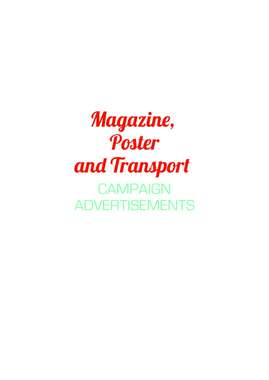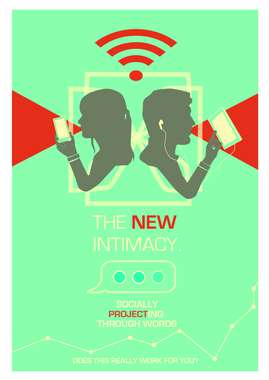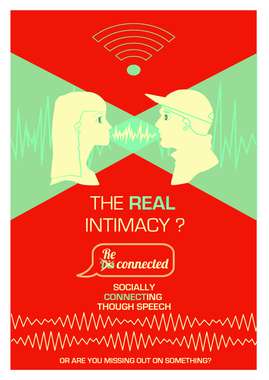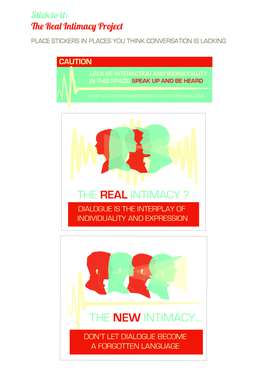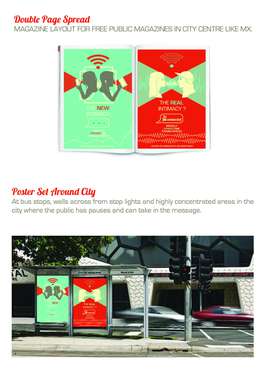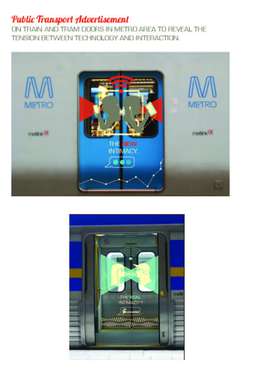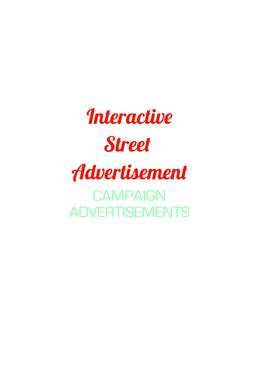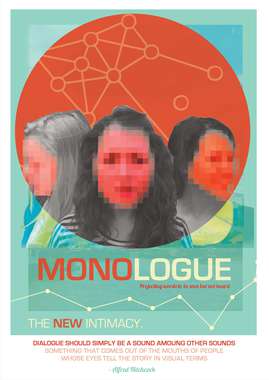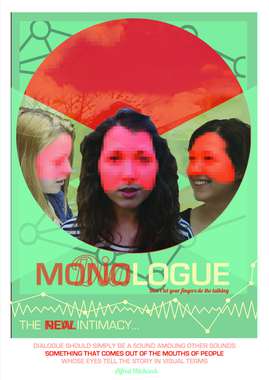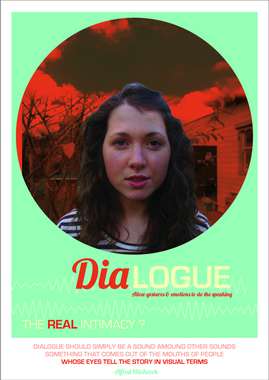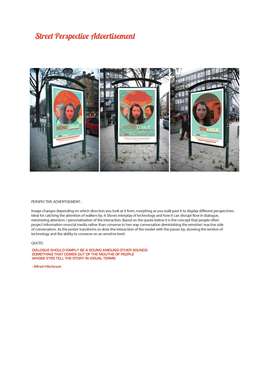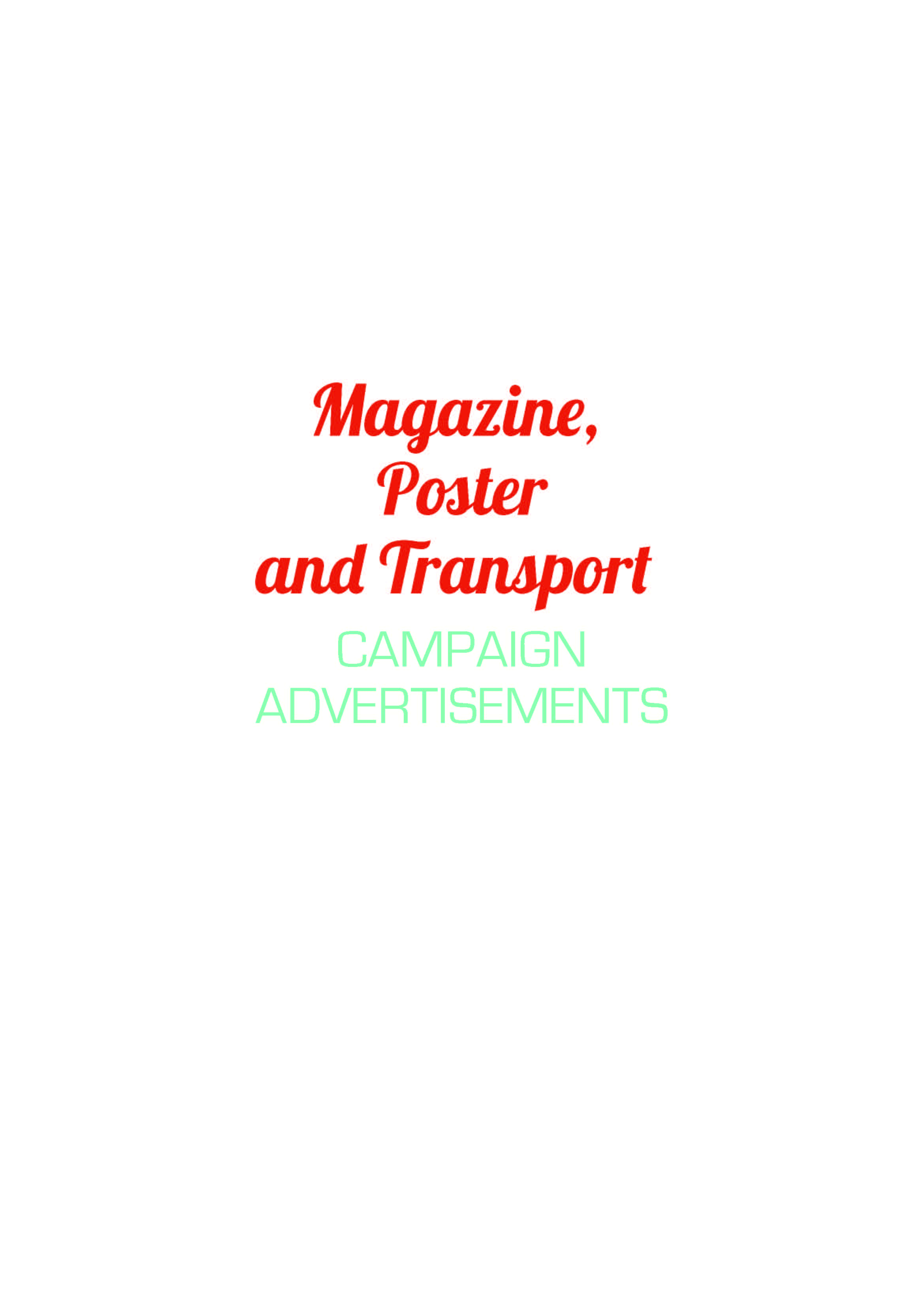The New Intimacy
by Laurenkh
This work has not been commented by curators.
Title
The New Intimacy
Headline
The hindrance of technology on effective dialogue
Concept author(s)
Lauren Hutton
Concept author year(s) of birth
1993
Concept author(s) contribution
All aspects of the design project from conception to design to application.
Concept author(s) Country
Australia
Friendly Competition
Radical intimacies: dialogue in our times (2014)
Competition category
Visual communication practice
Competition subcategory
static
Competition field
academic
Competition subfield
student
Subfield description
Swinburne University of Technology
Check out the Radical intimacies: dialogue in our times 2014 outlines of Memefest Friendly competition.
Description of idea
Describe your idea and concept of your work in relation to the festival outlines:
The concept is to highlight the importance of emotive dialogue in modern day society where technology acts as a hindrance that disperses our attention and affects our ability to intimately connect in the physical environment. I was inspired to go in this direction by the ideas expressed in the Affectifist manifesto, in particular, " Expression unleashes affect, and affect is what touches. Presence, gesture and speech transform the quality of contact between people." I think this is a really powerful idea especially in an always switched on world where our online persona and personal lives are always in competition, fusing the lines and altering how we interact and our interpretation of 'the social.' It also encorporates the ideas about individuality enhances cohesiveness and the necessity of attention to create intimacy. I look at how our interaction is shifting in this technical age where emotion is replaced by emoticons, and speech by type responding to Brian Holmes insights that 'intimacy is irretrievably weighted down in our time, burdened with data and surveillance...[from] the wild embrace of the crowd to the alien touch of networks. It highlights the loss of connection experienced while be connected online, the gestations missed that enahnce our ability to intimately connect.
What kind of communication approach do you use?
“Dialogue should simply be a sound among other sounds, just something that comes out of the mouths of people whose eyes tell the story in visual terms.” – Alfred Hitchcock I approached my campaign by suggesting emotion enables the ability for us to create a more intimate dialogue and that technology is depleting our ability to converse in a way that is shared and individual. I like the concept of creating unity through difference and exploring the diffusion of this through the increasing need to be relevant socially online through artificial networks. I was inspired by the quote above, which became the basis of my creative response. I used both a photographic and graphic approach to visualising my concept, creating an absence of expression with a disconnect hindered by technology, followed by the uncovering of facial features and face to face communication with two way, immediate dialogue to create relevance and force people to question how social networking really is and what they are missing out on by interacting constantly on those platforms.
What are in your opinion concrete benefits to the society because of your communication?
My ‘The New Intimacy’ campaign is one of social awareness that uses strong contrast to draw to to the effects of technology on our ability to communicate at a level that is unique and special. It benefits society by making them question where they disperse their attention when communicating and question if they are missing out on dialogue and expressive encounters by being forever switched on. I aim to highlight the difference between the two forms of communication that often goes unrecognised, with people often opting for social networking as a way to interact on a daily basis this project aims to show them what they are missing out on and hopefully reassess what they think dialogue is and readjust the way they socialise especially those who are coming ever more reliant on their technology as a sole device of communication. Nothing can replace the real thing.
What did you personally learn from creating your submitted work?
I learnt that there are many facets to dialogue and that it isn’t linear or straightforward. I don’t think dialogue is necessarily failing but evolving into the technological error where instead of interacting face to face people project their thoughts to a mass of people in hope of a response, the dialogue is disjointed and over longer periods of time. I believe at the root of creating intimate connections through communication is the atmosphere; I think it is enhanced by emotions, gestures, eye contact. For me dialogue is about the whole expression not just what comes out of the mouth, it is immediate and responsive, this can be difficult in modern times when our attention is dispersed in multiple directions and everyone is always switched on. For me personally the brief was difficult to interpret but it forced you to really digest it and was widely open to interpretation. When I was creating my campaign the most important thing I learnt in the visual stage was to create tension and contrast with cohesion.
Why is your work, GOOD communication WORK?
Personally I see my work as good design has it shows tension and contrast through a cohesive colour palette so both sides to communicating can be explored while still appearing as part of a whole. Using simplistic vectors, repeated elements and simple, direct language I aim for the message to be immediate and ingested easily by the audience. It asks questions and makes the public question how they interact in the public space. By replacing simply elements and shifting profiles I show two extremes of communication and use graphics to enhance the language. By adding a question mark at the end of real intimacy it asks for own interpretations and opinions, creating dialogue. To me good design means it can reach the audience through simple direct messages that are understood quickly and enables them to be active in interpreting the message.
Where and how do you intent do implement your work?
I want my campaign to be dominant in the public space, in highly condensed areas such as Melbourne city and eventually expanded elsewhere, in places where people have time to ingest the information and question their own ability to communicate on an intimate level when interacting with the hindrances that are interfering. It aims to show shared experiences we are missing out on by dispersing our attention into social networking, where we feel we are connecting on a personal level when we are closing ourselves of real life experiences. It is our individual features that makes us unique and differences that unit us, our reaction, expression, opinions and immediate responses when participating in dialogue that makes it so personal, direct and intimate. For this purpose my campaign will feature in the public eye and instigate interaction and attention in places where people are more stationary and attentive, such as train stations, public transport, in papers and within the public space. While online and media campaigns may work as support materials to create a community around the campaign to give it more depth, the first encounter will be in the streets.
Did your intervention had an effect on other Media. If yes, describe the effect? (Has other media reported on it- how? Were you able to change other media with your work- how?)
No it did not.

